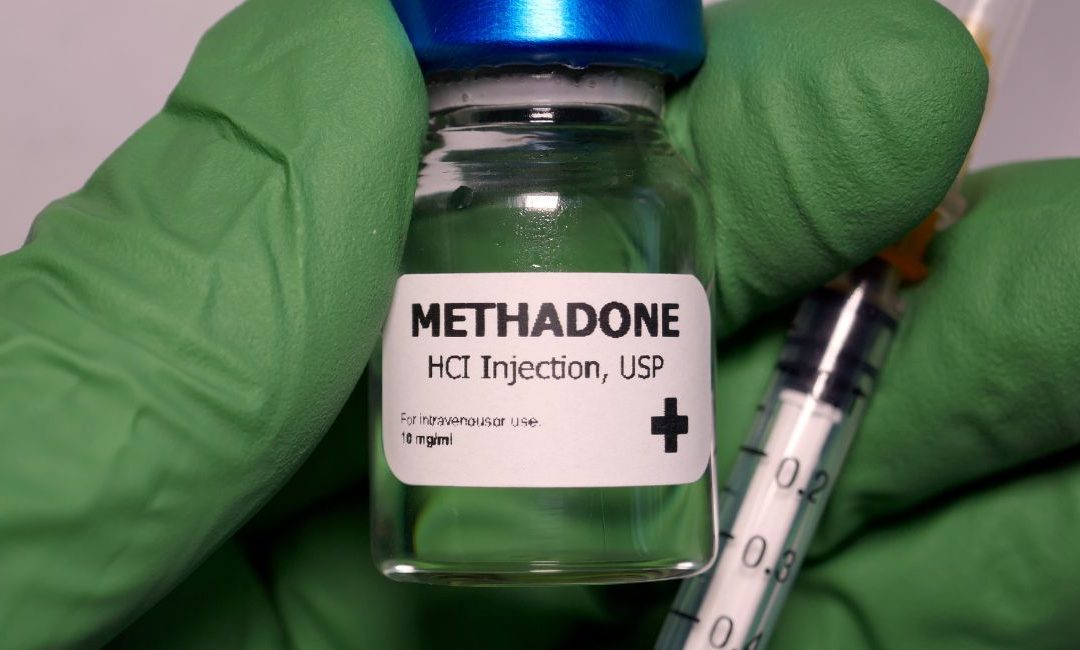Treatment
The following should be considered and completed if placenta abruptio is suspected:
If the fetus is immature, less than 37 weeks, and the abruption is mild, conservative treatment is given that includes bedrest, tocolytic agents (drugs that inhibit uterine contractions) oxygen, and constant maternal and fetal surveillance. It is important to keep in mind that conservative treatment is rare because aggressive treatment is beneficial compared to the risk of placenta abruptio.
Maintain an intravenous (IV) line for the administration of IV fluids and have the cross match of the patient completed for a needed blood transfusion. Give Rho(D) immune globulin (RhoGAM) if the patient is Rh-negative due to the increased chance of fetal cells entering the maternal circulation.
If a vaginal delivery is indicated and no regular contractions are occurring, infuse oxytocin cautiously to induce the labor.
If the patient’s condition is severe, monitor the vitals and fetal heart rate closely. Give Lactated Ringer’s solution IV via a large-gauge peripheral catheter. At times, the nurse may need to maintain two IV catheters, especially if a blood transfusion is anticipated and the fluid loss is severe.
In cases where fluid and blood loss is severe, monitor the central venous pressure. A normal CVP of 10cm H2O is the goal.
If the mother or the fetus is in distress, plan an emergency cesarean section. In the presence of fetal distress symptoms such as flat variability, late decelerations, bradycardia, and tachycardia, turn the patient to her left side, increase the rate of IV infusions, administer oxygen via face mask, and notify the physician soon.
During antenatal visits, inform the patient about the risk factors and relationship between alcohol and substance abuse with placenta abruptio. Inform the patient to visit the emergency soon if they experience vaginal bleeding or cramps.
After delivery, check the patient for the degree of bleeding and perform fundal checks frequently. The fundus should be firm, midline, and at or below the level of the umbilicus. Check the mother’s Rh status. If the patient is Rh-negative and the fetus is Rh-positive with a negative Coombs test, administer RhoGAM.










